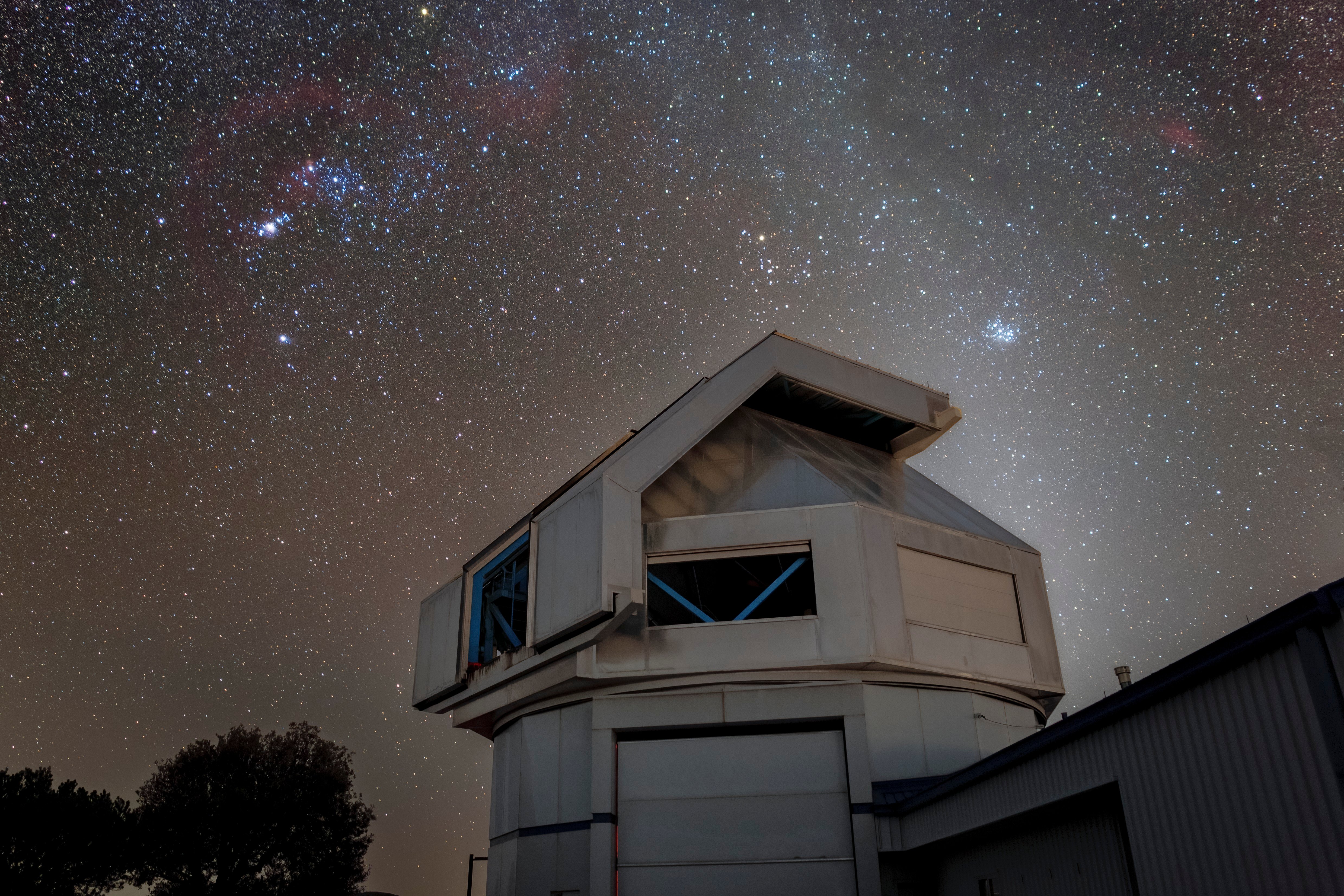Abstract
Purpose
The aim of this study was to describe sleep patterns of adults with traumatic brain injury and examine effects of environmental stressors (patient care activities and light) on patterns of sleep.
Design
A descriptive, correlational, explanatory design was used for this study.
Methods
Sixty-three subjects with traumatic brain injury (>18 years) on an acute traumatic brain injury rehabilitation unit wore an Actiwatch for 48 hours to collect light and sleep data. Patient care activity data were collected between 11 p.m. and 7 a.m.
Findings
Patient care activities and light occurred between 11 p.m. and 7 a.m. Nighttime sleep duration and sleep efficiency were explained by patient care activities, whereas light explained wake time after sleep onset.
Conclusion
Patient care activities and light serve as environmental stressors that affect sleep.
Clinical Relevance
Results necessitate examining the need and timing of nursing care activities and light during nighttime. Findings provide a basis for policy changes that optimize sleep.


